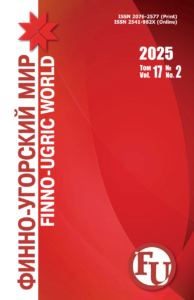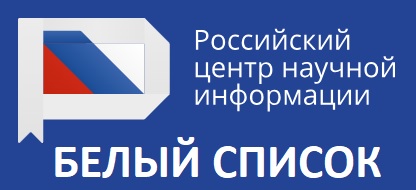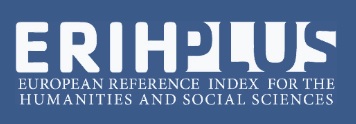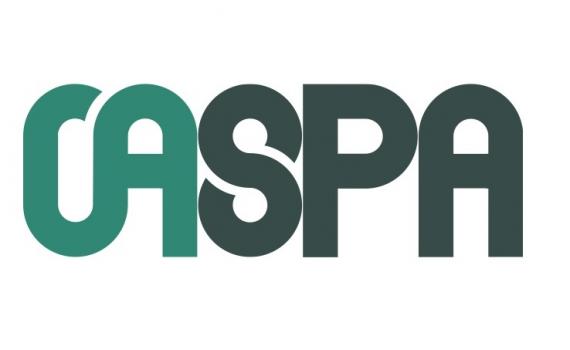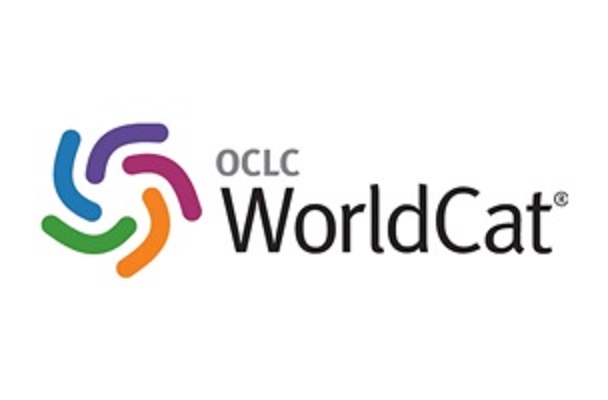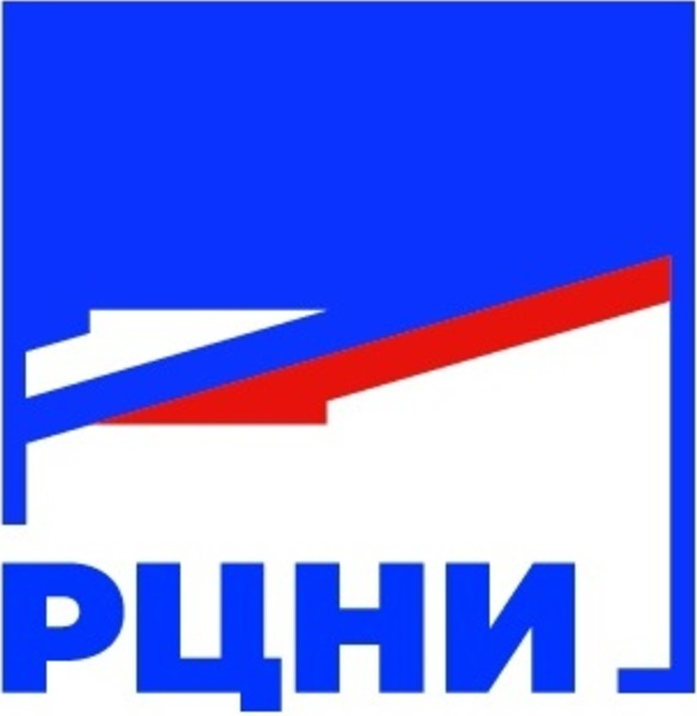DOI: 10.15507/2076-2577.010.2018.04.006-013
Geographical vocabulary of the Tornovsky dialect of the Moksha-Mordovian language
Nikolai V. Belenov,
Candidate Sc. {Pedagogy}, Associate Professor, ICTO Department,
Samara State University of Social Sciences and Education
(Samara, Russia), belenov82@gmail.com
Geographical vocabulary existing in ethno-linguistic environment, has a significant impact on the formation of its toponymic nomenclature. This influence is manifested both in the form of toponymic formants and in the basics of geographical names originating from this ethno-linguistic environment. The relevance of this work is definted by the fact that until now geographical vocabulary of the Tornovsky dialect of the Moksha-Mordovian language, as well as other Samara-Bends dialects, was not the subject of special study, and was not introduced into academic and research circulation. The purpose of this article is description and lexico-semantic and etymological analysis of geographical vocabulary of the Tornovsky dialect of the Moksha-Mordovian language.
General theoretical and methodological basis of the research was made up of the works of Russian and international researchers on the toponymy and dialectology of the Mordovian languages. Vocabulary data is based on the materials of field research that the author conducted in the village Tornovoe of the Volga district of the Samara region during the field-work in 2017 and 2018. The main methods of linguistic research are descriptive and comparative methods. They were used in the collection and analysis of linguistic material.
The results of the study showed that the geographical vocabulary of the Tornovsky dialect of the Moksha-Mordovian language fully reflects all the phonetic and accentual features of this dialect. It was also revealed that there is a fundamental difference between the composition of geographical vocabulary of the Tornovsky dialect and the same vocabulary of the neighboring dialects of the Moksha-Mordvin language, Shelehmetsky and Bahilovsky.
A significant part of the geographical vocabulary in tthe Tornovsky dialect is borrowed from the Russian and Turkic Kipchak languages which reflects ethnolinguistic history of its speakers.
Key words: Moksha-Mordovian language; Tornovskiy dialect; geographical vocabulary; toponymica; Samarskaya Luka (Samara Bend).
Acknowledgments: The research was carried out with the financial support of the Russian Foundation for Research and Government of Samara Region as part of the project No. 18-412-630002 / 18.
For citation: Belenov NV. Geographical vocabulary of the Tornovsky dialect of the Moksha-Mordovian language. Finno-ugorskii mir = Finno-Ugric World. 2018; 4: 6–13. (In Russian)


